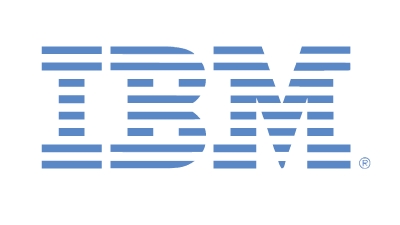Dell EMC Partners Face Heat To Boost Sales, Keep Tier Status
Submitted by Matt Brown on

(NOTE: This story was originally posted to CRN.com Jan. 30.)
Dell EMC is pressuring solution providers to prove they belong in their assigned tiers in the merged company's new unified partner program, which launches next week.
Dell EMC's decision to "status match" solution providers into the program – top-tier partners from the legacy Dell and EMC programs become top tier partners in the new program, and so on – sends some solution providers racing to boost revenue to maintain that tier status.
"New tier status is not automatic," Kimberly DeLeon, head of Dell EMC channel programming, told partners recently. In Dell EMC's 2019 fiscal year, which begins in February 2018, tier eligibility will be based on new revenue targets and training requirements, she said.
[Related: 6 Key Details Of The New Dell EMC Partner Program]
The new Dell EMC partner program officially rolls out Feb. 8, and is organized into Gold, Platinum and Titanium tiers with an exclusive, invite-only Titanium Black designation. Dell EMC channel chief John Byrne and his team have said they intend to push solution providers to win new business, and solution providers expect that the new revenue requirements will force them to up their game.
In the short term, solution providers have to maintain the revenue requirements of the legacy Dell and EMC program tiers. That exposes one of the most glaring differences between the two programs. To earn a position in the top tier of the old Dell program, a solution provider had to book $5 million in annual revenue. The top tier of the old EMC program was reserved for partners that brought in $100 million or more. Solution providers are assuming the new revenue requirements will be significantly higher than the legacy Dell requirements.
Michael Tanenhaus, CEO of Mavenspire, an Annapolis, Md.-based solution provider and legacy Dell partner that has been brought into the Titanium tier, said he's assuming the revenue requirement for that tier will be well beyond what Mavenspire brought in as a top-tier Dell partner. "Somewhere, they're going to have to reconcile the difference, which is a $100 million difference," he said.
Tanenhaus said the pressure could spur merger and acquisition activity among Dell EMC solution providers and didn't rule out an M&A play for Mavenspire.
"When you know that you're titanium now, and say the revenue requirement for that tier is way above what you think you can grow to, I think there's going to be a lot of M&A activity around that if you're two companies today and you'll lose it, but together you make it," Tanenhaus said. "That's something I'm going to be looking at this year. There's a lot of different possibilities, there's lots of private equity running around trying to harness this curve."
Tanenhaus said Dell EMC is right to put off the new revenue requirements. "By waiting 12 months, everybody gets to take a breath instead of being frantic," he said. "You can get a view on what's reasonable and what's not reasonable. If they hadn't done that, everybody would be running around trying to do something very quickly."
Still, some solution providers are eager for information and hungry for official correspondence from Dell EMC.






